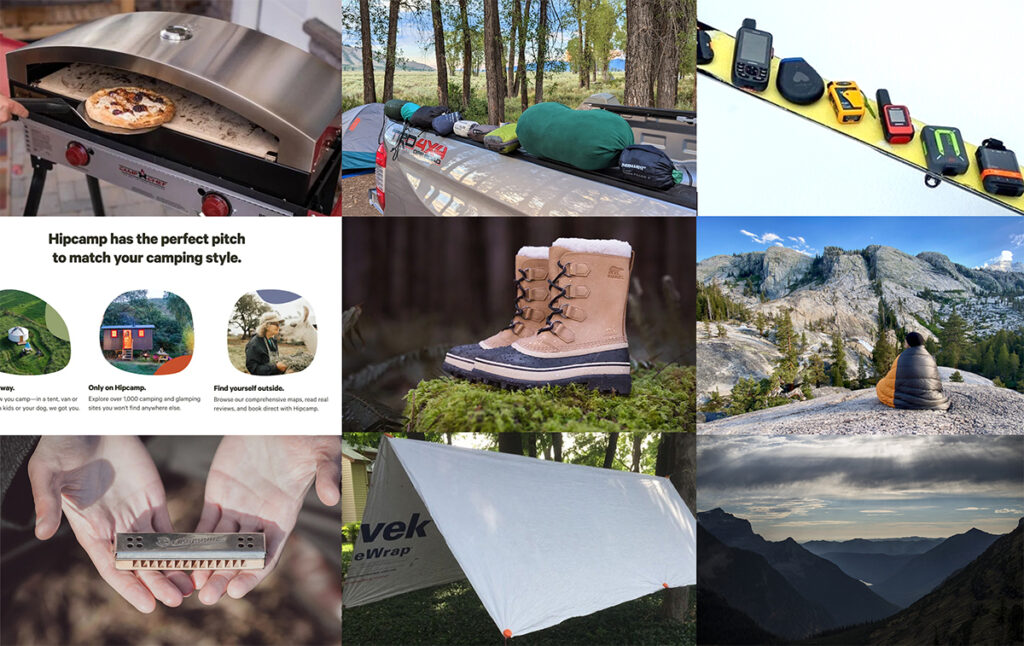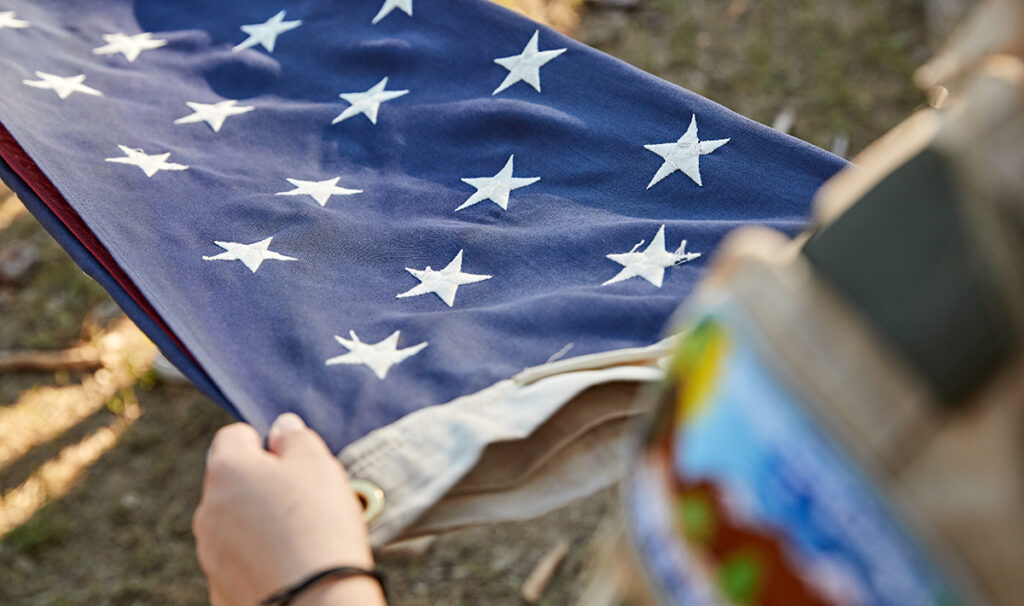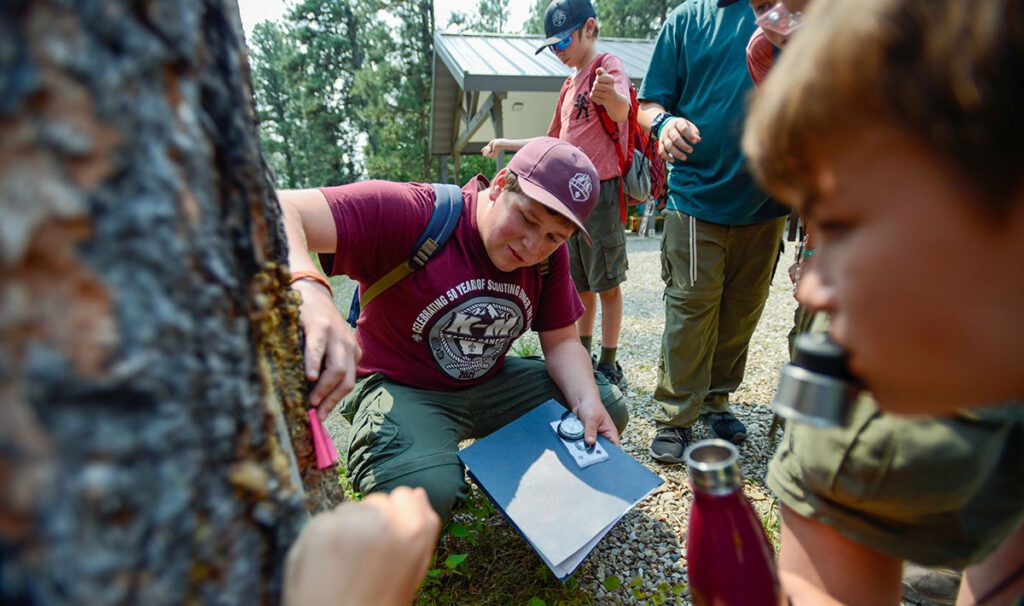The following guidance on medication use in Scouting has been developed for Scouts, parents or guardians, and adult leaders. Planning ahead is a key component.
This information can also be downloaded in PDF form here:
SAFE USE OF MEDICATION IN SCOUTING
All medication is the responsibility of the individual taking the medication and/or that individual’s parent or guardian. An adult leader, after obtaining all the necessary information, can agree to accept the responsibility of making sure a youth takes the necessary medication at the appropriate time, but the BSA does not mandate or necessarily encourage the leader to do so.
BSA council camps may have their own standards and policies regarding the administration of medications. In addition, state or local laws that are more limiting than camp policies supersede any BSA guidance and must be followed.
Guidance—Eight Elements of Safe Medication Use
Annual Health and Medical Record
- All participants in the BSA are required to complete an Annual Health and Medical Record (AHMR).
- Participants must list all medications in the Health History section of the AHMR. There should be no “secret medications.”
- A parent or guardian completing the form may authorize the administration of over- the-counter (nonprescription) medications.
- In addition to the parent or guardian signature, some areas may require a signature from your health-care provider in order for OTC medications to be given. Check with the camp health officer or council health supervisor.
Plan
- Before an adult Scouting leader becomes involved in medication management for any youth member, there should be a pre-event discussion between the youth, the parent or guardian, and the adult leader. This should include medication that is self- administered or kept by the youth member.
- Parents are cautioned against using a Scouting event as a “drug holiday” (temporarily suspending administration of medications taken regularly) for their youth member unless specifically instructed by a health-care provider.
- Plans may be simple or more complex based on the length of the outing, the maturity of the youth, and the complexity of the medications being taken.
- Plans may include agreement on the participant’s competency to self-administer, medication quantity, labeling, storage, accountability, and emergency situations. Administration information including any specialized equipment or medication (e.g., insulin injections, insulin pumps, emergency medications) needs to be provided to leaders.
- Special arrangements may be needed for events such as Order of the Arrow weekends, jamborees, contingents, and other non-unit–based events.
Supervision of Medication Administration
- Based on agreement and capacity for self-care, a decision is made on who is responsible for supervision of the medication administration.
- If the participant has the capacity for self-care, the best person to manage his or her own medication may be the youth participant.
- There should be agreement on supervision of the participant taking his or her own medication.
- If a parent or guardian is present, he or she should assume responsibility.
- If a parent or guardian isn’t available during the event, a willing adult leader may take responsibility for medication administration to any youth who can’t administer his or her own medication.
- The identified leader must be informed by the youth and the parent or guardian as to any special circumstances that might exist.
- Special care must be given by the responsible adult to identify the youth and assure that he or she is getting the right medication at the right time in the right amount.
- A process should be developed for handing off the responsibility should a change in adults be needed (e.g., a leader rotates home or must leave due to an emergency).
- No adult leader should assume the responsibility unwillingly.
Labeling
- Medication sent on an outing should generally be in the original container and labeled with the name of the participant, medication, dose and strength, prescribing health-care provider’s name, date of prescription, current instructions for use, special storage, etc.
- In the event that a prescription label is missing or placed on an external package, the internal item (such as a tube or inhaler) should be, at a minimum, labeled with the participant’s name, name of medication, and directions for use.
Storage
- Medications must be stored securely—under “lock and key” (e.g., a locking bank bag) or direct observation.
- This is especially important for controlled substances.
- Most medications should be kept by an adult with some or full control of the process.
- Special medication storage requirements by the manufacturer, such as protection from light or the need for refrigeration, should be discussed during the planning stage. Storage containers or coolers should be provided by the parent or guardian if possible.
- Be sensitive to providing storage for medications in a controlled environment (avoid a hot car or an environment where liquid medications might freeze) to protect the medication.
Emergency Medication
- Medications that may be needed on an emergent or urgent basis may be carried by the youth participant. A buddy or the responsible adult should be sure the Scout has the emergency medication.
- The youth participant must notify the adult leader immediately if he or she self- administers the emergency medication.
- In many cases, an evaluation or further treatment by a health-care provider may be needed after the use of some emergency medications (such as epinephrine) even if the youth member feels OK. It may also be necessary to obtain an additional supply if no additional doses are available.
- Leaders must understand how emergency medication is administered (e.g., how to use an epinephrine autoinjector) and be comfortable with that responsibility.
- Leaders must also contact the parent or guardian after the use of an emergency medication. Leaders may use some discretion in reporting the use of an asthma inhaler if that use is somewhat typical for the youth and presents no real risk for continued activity.
Nonprescription (OTC) Medication
- Those nonprescription medications taken routinely or authorized to give should be listed on the AHMR.
- Nonprescription medications may be kept by youth with the capacity to self-medicate.
- Limited supplies of similar medication (safe, common, use approved by parent) may be kept by the adult leader.
Accountability
- The pre-event discussion should include an agreement between the parent or guardian, leader, and participant on some method of keeping track of medication administration.
Accountability could range from none (although this may not be the best practice) to the use of a medical administration form (see www.scouting.org/HealthandSafety/Forms.aspx for an example).
No specific form or process is mandated, but some approach is needed.




